History of induction heating
Views Send Enquiry

Induction heating is the process of heating conductors, (usually metals), by inducing an electric current to flow in the object to be heated. Current is induced into the object in the same manner that current is induced into the secondary of a transformer.
In induction heating, a coil of copper is wound around an object to be heated. The coil of copper can be compared to the transformer primary, and the object to be heated can be compared to the secondary of the transformer.The object to be heated acts like a single turn secondary in a transformer. Additionally, the object acts as if the single turn secondary were short circuited.
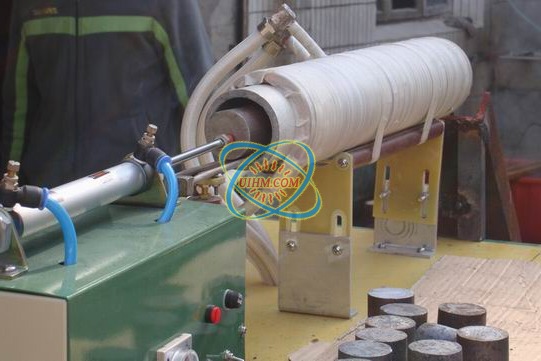
An alternating current is applied to the primary of a transformer, which creates an alternating magnetic field. The secondary of the transformer is located within the magnetic field. Faraday's Law shows that an electric current will be induced into the secondary of the transformer.

So, you can heat metals without flames and without touching the object to be heated. You can even heat the metal underwater.
Practical induction heating has been used since the 1920's. Growth in the induction heating industry expanded very rapidly during World War II.
Surface hardening, or case hardening, was one of the main growth areas during WWII. Military vehicles and weaponry using case hardening on axles and engine components could outlast those without case hardening.
After the war, the technology improvements moved rapidly into the civilian sector as the demand for reliable automobiles increased.
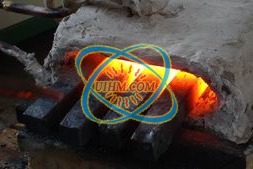
An induction heating system is comprised of several major components.
. Power Supply ( generates the high frequency current)
. Load Matching Station ( matches the impedance of the coil to the power supply)
. Induction Coil (copper coil wrapped around object to be heated
. Water Cooling ( high power systems are water cooled to remove waste heat)
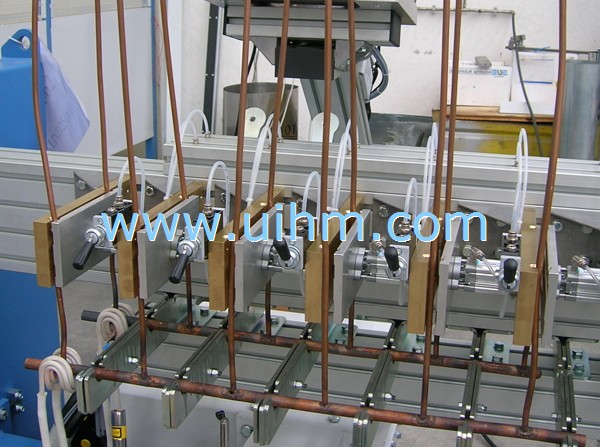
Related Content
Hot
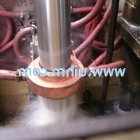
Relationship between induction frequency and quenching depth (hardening depth)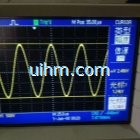
waveform of DSP induction heaters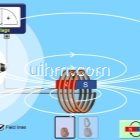
simulation of Faradays Law from University of Colorado Boulder
optimizing induction welding method for vehicle air conditioner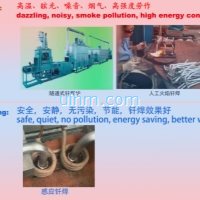
induction welding vehicle air conditioner vs common welding method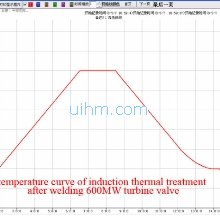
temperature curve of induction thermal treatment after welding 600MW turbine valve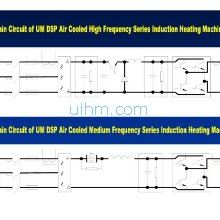
Main Circuit of UM DSP air cooled induction heaters
what is skin effect principle (magnetic force around induction coil)

Newest Comment
No Comment
Post Comment